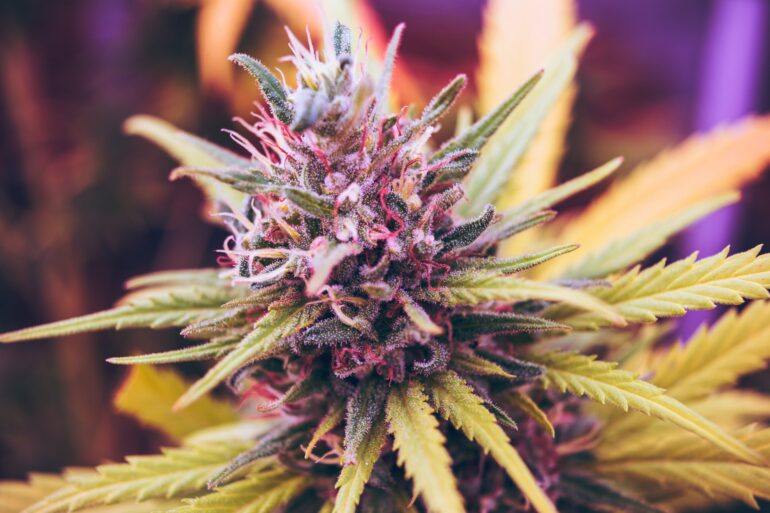Simultaneous cannabis and alcohol use, defined as using both substances at the same time so their effects overlap, increased in adults from 2008 to 2019, according to new research conducted at Columbia University Mailman School of Public Health. Shifts in cannabis legislation have raised questions about unintended effects on cannabis and alcohol use patterns, whereby policy changes might lead people to use both substances.
Until now, the relationships between recreational cannabis laws (RCLs) and changes in simultaneous cannabis/alcohol use prevalence had remain untested. The results are published online in the Journal of General Internal Medicine.
“Our findings are concerning considering that simultaneous cannabis and alcohol use is associated with more negative consequences (e.g., risk behaviors [driving under the influence], heavy patterns of substance use, increased risk for alcohol use disorders) to the individual and society,” said Priscilla Goncalves, Ph.D., a post-doctoral research fellow in Columbia Mailman School’s Department of Epidemiology, and first author.
“Until this study, little had been known about the RCL and simultaneous use in adults in the U.S., where adult cannabis use and alcohol use are increasing in a changing cannabis policy environment.”
The researchers accessed restricted data from individuals aged 12+ from the 2008–2019 National Survey on Drug Use and Health (NSDUH) covering 817,359 participants. Data included respondents’ 2019 state of residence for state recreational cannabis law status. The final analysis included self-reporting of simultaneous cannabis and alcohol use.
From 2008 to 2019, the overall prevalence of simultaneous cannabis/alcohol use increased in adults. Comparing the period pre-RCL to post RCL, there were small but significant increases observed among those aged 21 and older. More specifically, the prevalence of simultaneous use among respondents aged 21-30 increased from 9.2 percent to 10.4 percent.
Similarly, among participants aged 31-40 years and 41-50 years, prevalence increased from 5 percent to 6 percent and from 3 percent to 4.7 percent, respectively. However, for respondents aged 12–20 years old and 51 year-old and older, there were no significant associations between RCL and changes in the prevalence of simultaneous use.
“The greater availability and opportunity to access cannabis through legal supply chains available for adults ages 21 and over such as dispensaries, present in most RCL states, may explain why we observed increases in simultaneous cannabis/alcohol use in those aged 21–50 but not 12–20 years after RCLs in this sample,” noted Silvia Martins, MD, Ph.D., professor of epidemiology at Columbia Mailman School and senior author.
“These findings build upon prior research showing that states allowing dispensaries had a greater likelihood of alcohol-related outcomes in adults aged 21+. Our work confirms these findings and extends them by reporting rising simultaneous use after RCL with cannabis supply implementation using a nationally representative sample across age groups over a long period.”
“Finally, our study contributes to the understanding of age group changes in simultaneous cannabis/ alcohol use after the legalization of adult cannabis use in the U.S. beyond medical laws,” says Gonçalves. “Therefore, there may be a need to develop strategies to reduce harms related to simultaneous cannabis/alcohol use in adults aged 21-50.”
More information:
Priscila Dib Gonçalves et al, Cannabis Recreational Legalization and Prevalence of Simultaneous Cannabis and Alcohol Use in the United States, Journal of General Internal Medicine (2022). DOI: 10.1007/s11606-022-07948-w
Provided by
Columbia University’s Mailman School of Public Health
Citation:
Uptick in prevalence of simultaneous cannabis and alcohol use in the US after states legalize recreational cannabis use (2022, December 12)



